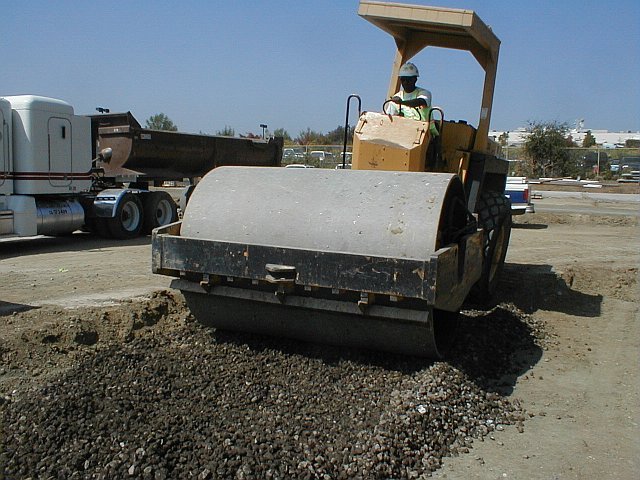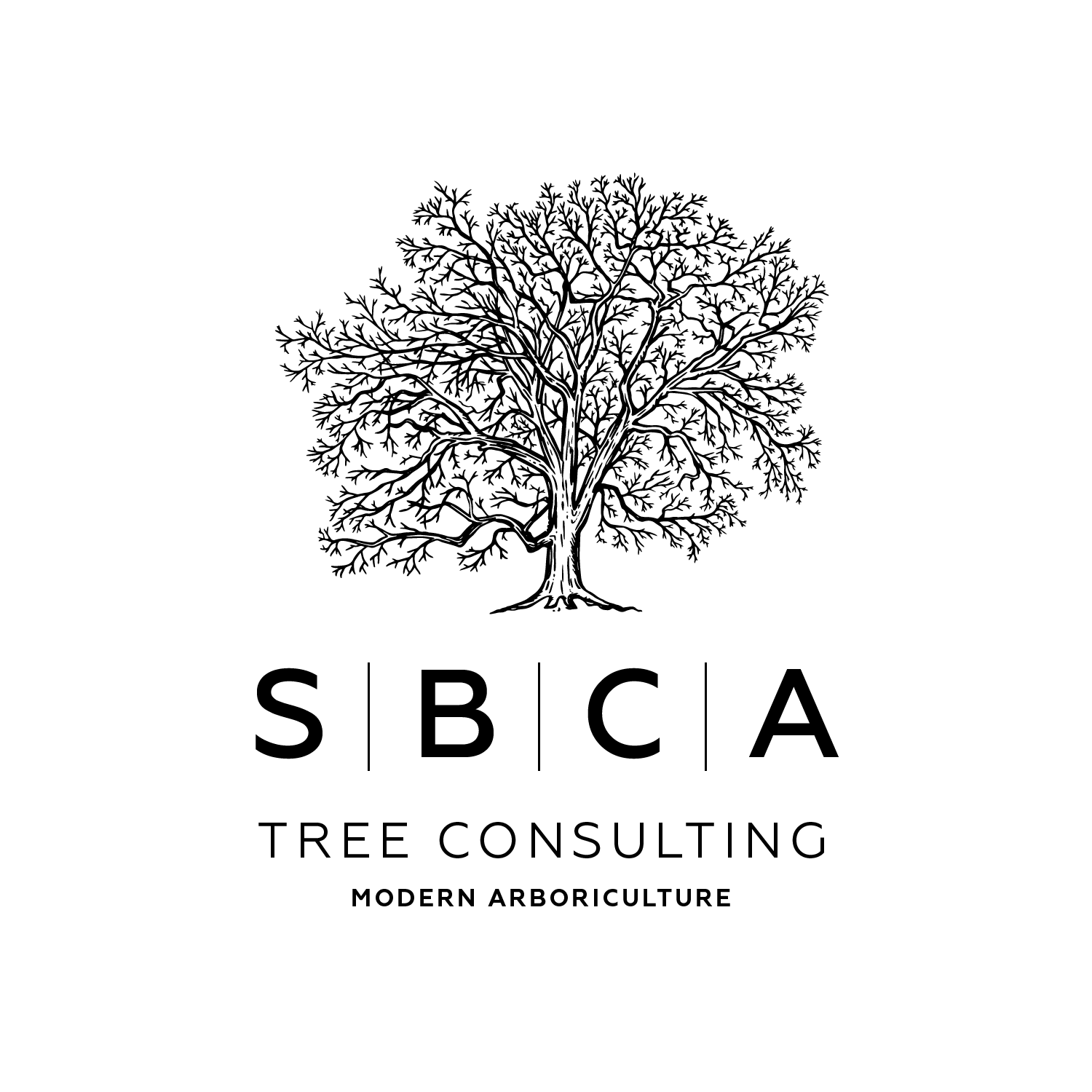Structural Soil
The purpose of structural soil is to provide the required engineered support for hardscape surface materials while maintaining a rootable environment below.
ENGINEERING STANDARDS require urban soils located under hardscape to be highly compacted; Yet compacted soils generally have poor gas exchange and inhibit root development. These conflicting requirements call for the use of contemporary treatments when planting trees in the Urban Forest. The use of Structural Soil or Silva Cell are two such treatments.
THE PURPOSE OF STRUCTURAL SOIL (also known as Gap-Graded Soil) is to provide the required engineered support for hardscape surface materials while maintaining a favorable (oxygenated) root environment below. Structural Soil is made by mixing rock and soil together in the correct proportions. It is used under sidewalks, roads and parking areas adjacent to trees. Structural Soil is available through the Cornell University patent (CU-Soil) . You can also make your own.
MAKE YOUR OWN STRUCTURAL SOIL by using existing planting site soil. Keep in mind that with Structural Soil mixes, the base soil of preference has a clay or clay loam texture. Soils with smaller particle size, such as clay, possess greater water and nutrient holding capacity.
To begin, use a laboratory soil analysis to identify soil limitations. Amend soil as per laboratory recommendations and mix with crushed drain rock in the correct proportion. The ratio is generally close to three parts drain rock to one part amended soil. It is best to place 4-6 inches of Clean Drain Rock on top of the Structural Soil. This assures that roots will not develop directly under the pavement. For more detailed instructions on how to MAKE YOUR OWN STRUCTURAL SOIL, please download this doc and watch a video of the process here.
In most Structural Soil situations, the hardscape surface is not porous. In cases where permeable cement or asphalt and pavers are used (where water will infiltrate downward), the use of the Polyacrylamide (PAM) is recommended to stabilize soil particles within the Structural Soil. Contact Complete Green (www.bettertopsoils.com) for further information about PAM.





